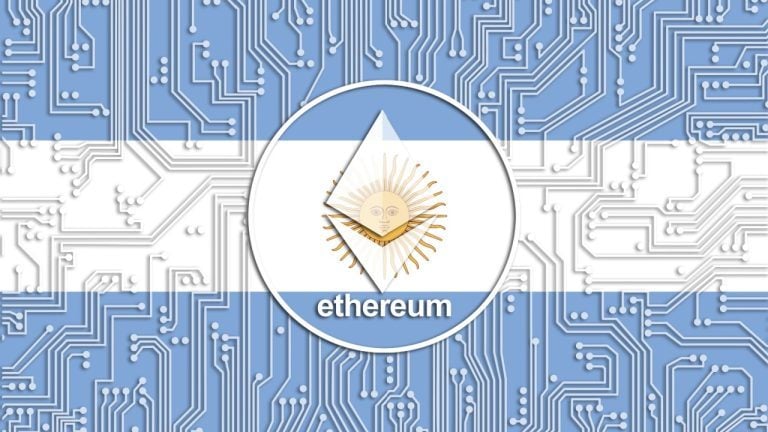
Leading South Korean telecom firm adopts blockchain for carbon ambitions

South Korean telecommunication giant KT Corp announced its intent to launch a blockchain digital document initiative to tackle carbon emissions.
A major South Korean telecommunication company, KT Corp, has outlined plans to create a fully electronic documentation service, utilizing blockchain technology to contribute to environmentally conscious ambitions.
The telecommunications firm currently provides around 90% of the nation’s fixed-line mobile networks, as well as a further 45% of broadband high-speed internet services.
The e-document venture titled “E-document Digital Transformation (DX) One Team” will be a collaborative effort among 14 businesses, with the established objective of reducing the network’s carbon emission output.
Once implemented, the initiative will digitize the entire tenure of the paper-based documentation process ranging from creation through to storage and finally customer distribution.
The numeral goal is to convert 4.5 billion paper documents into e-documents each year, considerably reducing carbon emissions by 129.6 billion tons.
In March 2020, the firm launched a blockchain-based platform called Paperless to support businesses and organizations in digitally creating and storing contract documents.
An official from KT Corp, Yoon Dong-Sik shared his views on the impact of the paperless system at the time:
“We expect KT Paperless Service to reduce corporate document management and costs so that it will improve the business process as well.”
Related: South Korea Telecoms Giant Ramps Up Blockchain Roaming Deal With China
Last week, Cointelegraph reported that supply chain management platform VeChain launched a similar blockchain initiative to support businesses in tracking and reporting their carbon production data.
Go to Source
Author: Tom Farren








